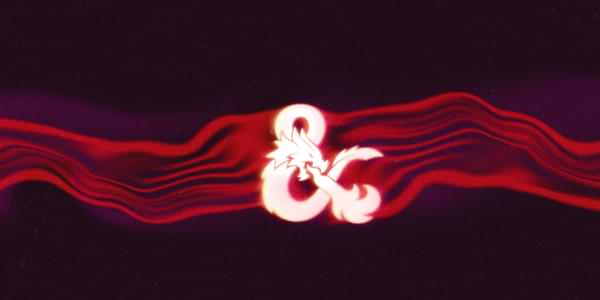Species in a sense that applies pretty well to this situation goes back to at least 1561 ("Species of Homo"). The more specifically general biological sense goes to at least 1608 (used with Genus in a zoological sense about crocodiles).
These dates are more modern than many D&D things, but older than I thought they would be. The spyglass (on the D&D equipment list) looks like it goes back only to 1608.
Avoiding work and wikipediaing, it looks like Aristotle used genos and eidos that were translated as genus and species (even if they don't map exactly)? It looks like eidos also sometimes means "form". (Does "form" seem odd, or does that work?)
Aristotle used Eidos because he was referring to what modern biologists would call phenotypical distinctions rather than genotypical ones.
Much of Linnean Taxonomy was based on this phenotypical idea of relations, so for example, dolphins were considered Fish by Aristotle and other early taxonomists, as opposed to Mammals (though really, Dolphins are as much Fish as Sharks and Coelacanths and Koi and Kitties and Humans are - all of us Vertebrates are all just different specialised forms of Fish, or else Fish is a meaningless paraphyletic term).
Form is odd, therefore, because it's really eidologically (not specifically) referring to appearance. And by WotC's current playtest standards, my Half-elf can be Species: Human and Eidos: Human-Elf Hybrid, looking quite a bit like an Elf but not entirely.
I've been diving too much into weeds in this discussion, but I think Form would actually make this all worse because of the Drow problem: Drow is now a Subform of Elf, and thus you're instantly thinking how Drow look different from High Elves, and thus relating appearance to mechanics on a superficial level.
I want to be able to play silver-to-purple-skinned and silver-to-green haired Night Elves that are mechanically Drow but more similar to the heroic nature-focused but clearly Dark Elf from Warcraft, say. That makes sense. But if I'm told that the Drow Form, and thus the Drow Mechanics, are specifically tied to Dark Skin, and to Sunlight Sensitivity and Superior Darkvision, now I'm thinking, well maybe my Night Elf might as well be its own lineage and I create Pallid Elves and publish it in the
Explorer's Guild to Wildemount when I could have just said that in my Exandria setting, some Drow are below-ground baddies that worship Lolth, while other Drow are Nocturnal Sehanine Moonbow-worshipers. And it's not just Matt Mercer doing that; 4e had Dusk Elves as mechanically a sub-sub-lineage of Wood Elf yet narratively Drow that abandoned Lolth for Sehanine. And these Dusk Elves I believe date back to earlier edition ideas too, since they have connections with the Mists of Ravenloft. But the 4e Nerath and 5e Exandria narratives would have been perfect for recasting Drow - much the way Keith Baker recast Drow as Jungle warriors from the shadowy forests of Xen'drik from the start with Eberron way back when it debuted in 3.5e.
What I mean to say by this is: don't use a FORM of jargon that highlights characters that deviate from racist white Euroamerican standards of beauty as being somehow different and potentially lesser than their white versions. We end up with a term that's functioning in similar problematic ways to what the 2014 PHB already has.
And finally, NO term WotC picks, nor any term picked by the player base even if at odds with WotC's jargon, will alone fix the racism issues in D&D. This is a multifaceted problem that demands a multifaceted approach to resolving. But the term choice is AN important factor.
tldr: I don't think Form is the right choice. How about Ancestry?

 www.dndbeyond.com
www.dndbeyond.com

